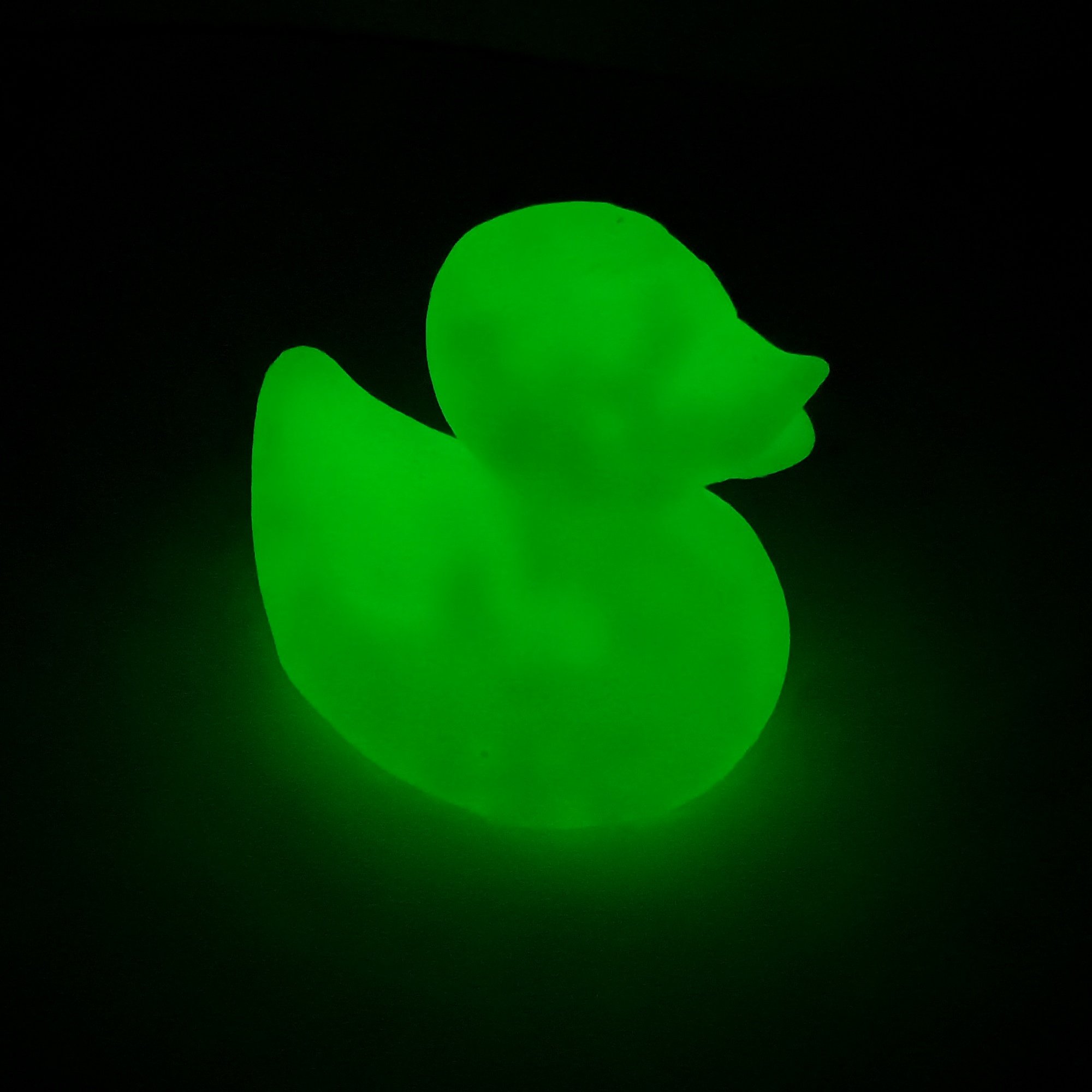3DPrinting
3DPrinting is a place where makers of all skill levels and walks of life can learn about and discuss 3D printing and development of 3D printed parts and devices.
The r/functionalprint community is now located at: !functionalprint@kbin.social or !functionalprint@fedia.io
There are CAD communities available at: !cad@lemmy.world or !freecad@lemmy.ml
Rules
-
No bigotry - including racism, sexism, ableism, homophobia, transphobia, or xenophobia. Code of Conduct.
-
Be respectful, especially when disagreeing. Everyone should feel welcome here.
-
No porn (NSFW prints are acceptable but must be marked NSFW)
-
No Ads / Spamming / Guerrilla Marketing
-
Do not create links to reddit
-
If you see an issue please flag it
-
No guns
-
No injury gore posts
If you need an easy way to host pictures, https://catbox.moe may be an option. Be ethical about what you post and donate if you are able or use this a lot. It is just an individual hosting content, not a company. The image embedding syntax for Lemmy is 
Moderation policy: Light, mostly invisible
view the rest of the comments


You have any tricks for glow filament? I tried to print with it again and just like always it immediately clogged my hotend to a stage where I have to print way slower and I hate to think I have to sacrifice one to this stuff every time.
Going to a larger nozzle and kicking it up a bit on temp is going to solve a lot of the problems.
Slowing it down and reducing retraction will also provide some help but not as much.
Side note- use a hardened nozzle (micro Swiss is inexpensive for the occasional abrasive, but they’ll still wear, just slower. Diamond/ruby nozzles won’t wear nearly as much, or, at all but are expensive.) this won’t stop clogging, but it’ll wreck the normal brass nozzles and throw off your flow settings.
I'm using a diamond tipped nozzle, 0.4mm. I understand that smaller nozzles like 0.2 don't play well with filaments filled with solid materials, and the glow stuff suspended in this is indeed a solid material.
Temperature may be an issue, but I wouldn't know. I print PLA typically at 230° C, including this filament, which I am certain many people will find jowl-flabberingly appalling but that's what I do. My machine goes pretty fast and I found that gives me the best results.